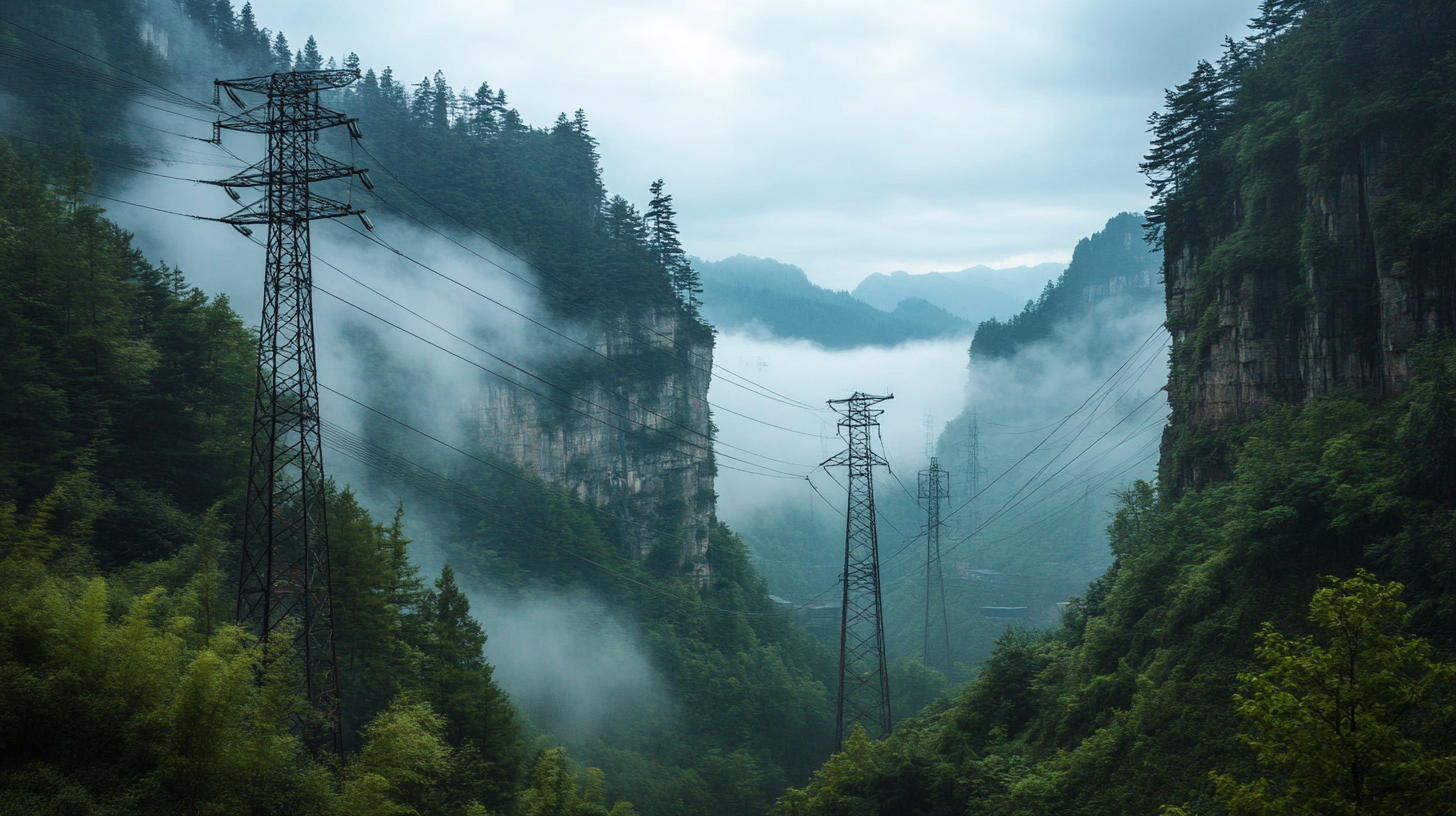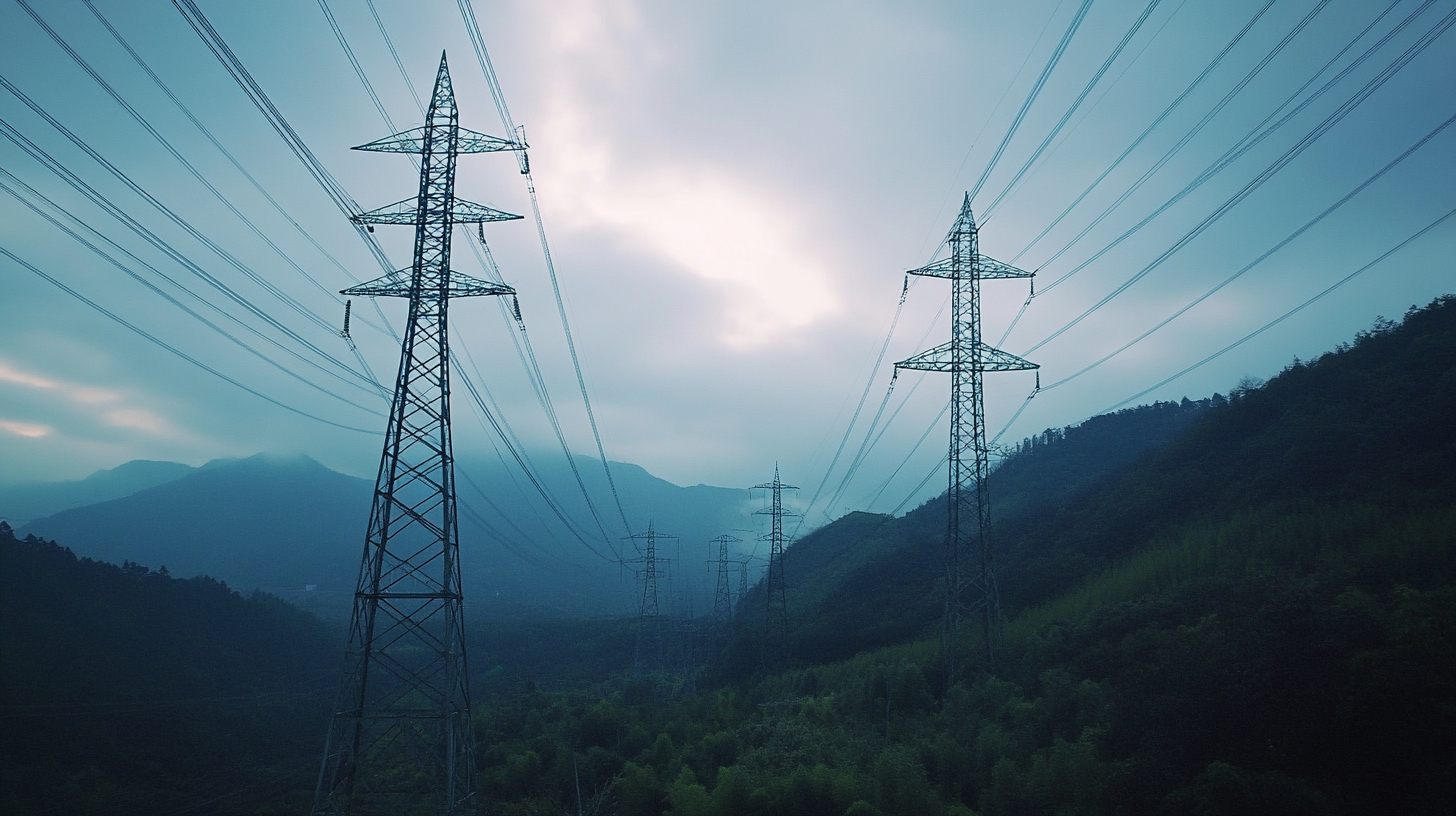Blog
Navigating Tariff Challenges: How China's Best UPS Power Supply Drives Global Demand Amidst Trade Tensions
In the midst of escalating trade tensions and reciprocal tariffs between the U.S. and China, the global demand for UPS power supplies has witnessed an unexpected surge. According to recent industry reports, the global uninterruptible power supply (UPS) market is projected to reach USD 14.6 billion by 2026, growing at a compound annual growth rate (CAGR) of 5.2% from 2021. This growth is largely driven by the increasing reliance on uninterrupted power solutions across various sectors, including data centers and critical infrastructure. China's leading manufacturers have skillfully navigated these tariff challenges, leveraging innovative technologies and manufacturing efficiencies to capture significant market share. As a result, China's best UPS power supplies not only meet domestic demand but also fulfill the growing requirements of international markets, reinforcing their reputation as key players in the global power supply landscape.

Understanding the Impact of Tariffs on Global Trade Dynamics
The escalating trade tensions between nations have significantly influenced global trade dynamics, particularly through the lens of tariffs. According to a report from the World Trade Organization, global tariffs have risen by an average of 2.8% since 2018, impacting cross-border supply chains. As a result, companies must strategically navigate these challenges to maintain competitiveness. Notably, China's UPS power supply market has emerged as a critical player in this landscape, leveraging advanced technology and efficient production methods to meet rising global demand despite tariff pressures.
**Tip 1:** Businesses should regularly analyze tariff impacts on their supply chains. Utilize tariff mapping tools to understand how changes may affect your costs and pricing strategies.
As trade regulations evolve, China’s UPS power supply manufacturers are adeptly adjusting their export strategies to mitigate tariff-related challenges. The demand for reliable power solutions is growing, with the market projected to reach $12 billion by 2025, reflecting a CAGR of 6.4%. In this context, businesses are encouraged to consider the benefits of investment in innovative technologies that enhance efficiency and reduce reliance on vulnerable supply chains.
**Tip 2:** Consider diversifying your supply base to minimize the risks associated with tariffs. Engaging alternative suppliers can help absorb potential costs and maintain production levels.
Navigating Tariff Challenges: Global Demand for China's Best UPS Power Supply
This chart illustrates the impact of tariff changes on the demand for China's leading UPS power supply products from 2020 to 2023. As trade tensions have escalated, we see fluctuations in demand, indicating sensitivity to tariff adjustments.
China's Resilience: How Leading Power Supply Brands Thrive Amid Trade Tensions
Amidst escalating trade tensions, China's leading power supply brands exhibit remarkable resilience, revealing a robust capacity to adapt and thrive in the competitive landscape. According to a recent report by Fortune Business Insights, the global power supply market is projected to reach $30.7 billion by 2027, with a compound annual growth rate (CAGR) of 6.5% from 2020 onward. This growth is largely fueled by the increasing demand for uninterruptible power supplies (UPS) in various sectors, including data centers and industrial applications. China's major UPS manufacturers leverage their expertise and advanced technologies to offer products that meet the evolving needs of a global market increasingly reliant on stable power solutions.
In the face of tariffs and other barriers, these companies have innovated in product design and supply chain management. A study from MarketsandMarkets highlights that the Asia-Pacific region will dominate the power supply market, accounting for over 40% of the total share by 2025. Chinese brands are strategically positioning themselves to tap into this demand by enhancing their product portfolios and expanding their international presence. By focusing on high-efficiency models and sustainable technologies, these power supply leaders not only remain competitive but also contribute to global energy efficiency goals amid challenging trade environments.
Navigating Tariff Challenges: Global Demand for Power Supply
The Role of Advanced Technology in Enhancing Supply Chain Efficiency
In an era marked by escalating trade tensions, advanced technology plays a critical role in enhancing supply chain efficiency. China's leading UPS power supply solutions have become pivotal for global businesses striving to maintain operational integrity amidst tariff challenges. According to a report by Research and Markets, the global UPS market is projected to reach $14 billion by 2026, with a significant portion driven by developments in energy-efficient technologies. This surge demonstrates how manufacturers adopting cutting-edge UPS systems can optimize their supply chains, effectively mitigating disruptions caused by fluctuating tariffs.
**Tip:** Invest in modular UPS systems that allow for scalability. This can help your organization adapt quickly to changes in demand without overcommitting resources.
Moreover, integrating IoT capabilities into UPS systems can provide real-time monitoring and predictive maintenance, ensuring peak performance and reliability. A study by Gartner highlights that organizations implementing IoT technology in their supply chains can improve their efficiency by up to 30%. For companies facing increased operational pressures due to trade tensions, such advancements can be the key to sustaining growth and competitiveness.
**Tip:** Regularly analyze your power supply needs and seek systems that offer both agility and robust support in times of uncertainty.

Strategies for Adapting to Changing Trade Policies and Tariff Rates
As businesses navigate the complexities introduced by shifting tariff landscapes, adapting to evolving trade policies becomes essential. According to the recent 2025 Global Trade Pulse Survey, two-thirds of companies have experienced rising business costs directly tied to tariff uncertainty. This increasing financial burden emphasizes the need for resilience in supply chains, prompting companies to reassess their sourcing and logistics strategies to mitigate risks associated with fluctuating tariffs.
Moreover, organizations are encouraged to view pricing strategies as dynamic capabilities. By doing so, businesses can protect their profit margins while remaining competitive. Smart pricing adjustments in response to tariff changes can help companies retain customer loyalty even in volatile markets. Additionally, leveraging advanced technologies such as AI can provide firms with critical insights, enabling them to adapt proactively to the evolving trade environment. These strategies are not just about coping with challenges but also about identifying opportunities in a landscape marked by uncertainty.

Forecasting Future Trends: Global Demand for Chinese Power Supplies in a Tariff Era
As global trade tensions escalate, the demand for Chinese power supplies, particularly UPS systems, has showcased remarkable resilience. Businesses around the world increasingly rely on uninterrupted power supply solutions as they navigate the complexities of tariffs and supply chain disruptions. These challenges have inadvertently highlighted the strategic importance of high-quality Chinese products, which often offer better reliability and performance compared to alternative suppliers.
Forecasting future trends in the power supply market, industry experts anticipate that the demand for Chinese UPS systems will continue to grow. This is largely due to the advanced technology and innovations that Chinese manufacturers bring to the table. As companies invest in robust infrastructure to mitigate risks associated with supply chain volatility, the emphasis on reliable power solutions is set to rise. Furthermore, as businesses build a more resilient framework in response to tariff pressures, they are likely to gravitate towards the competitive pricing and quality assurance that Chinese power suppliers offer.
Navigating Tariff Challenges: How China's Best UPS Power Supply Drives Global Demand Amidst Trade Tensions
| Region | 2022 Demand (Units) | 2023 Forecast (Units) | Change (%) | Tariff Impact Assessment |
|---|---|---|---|---|
| North America | 150,000 | 160,000 | 6.67% | Moderate |
| Europe | 120,000 | 115,000 | -4.17% | High |
| Asia-Pacific | 200,000 | 250,000 | 25.00% | Low |
| Latin America | 80,000 | 90,000 | 12.50% | Moderate |
